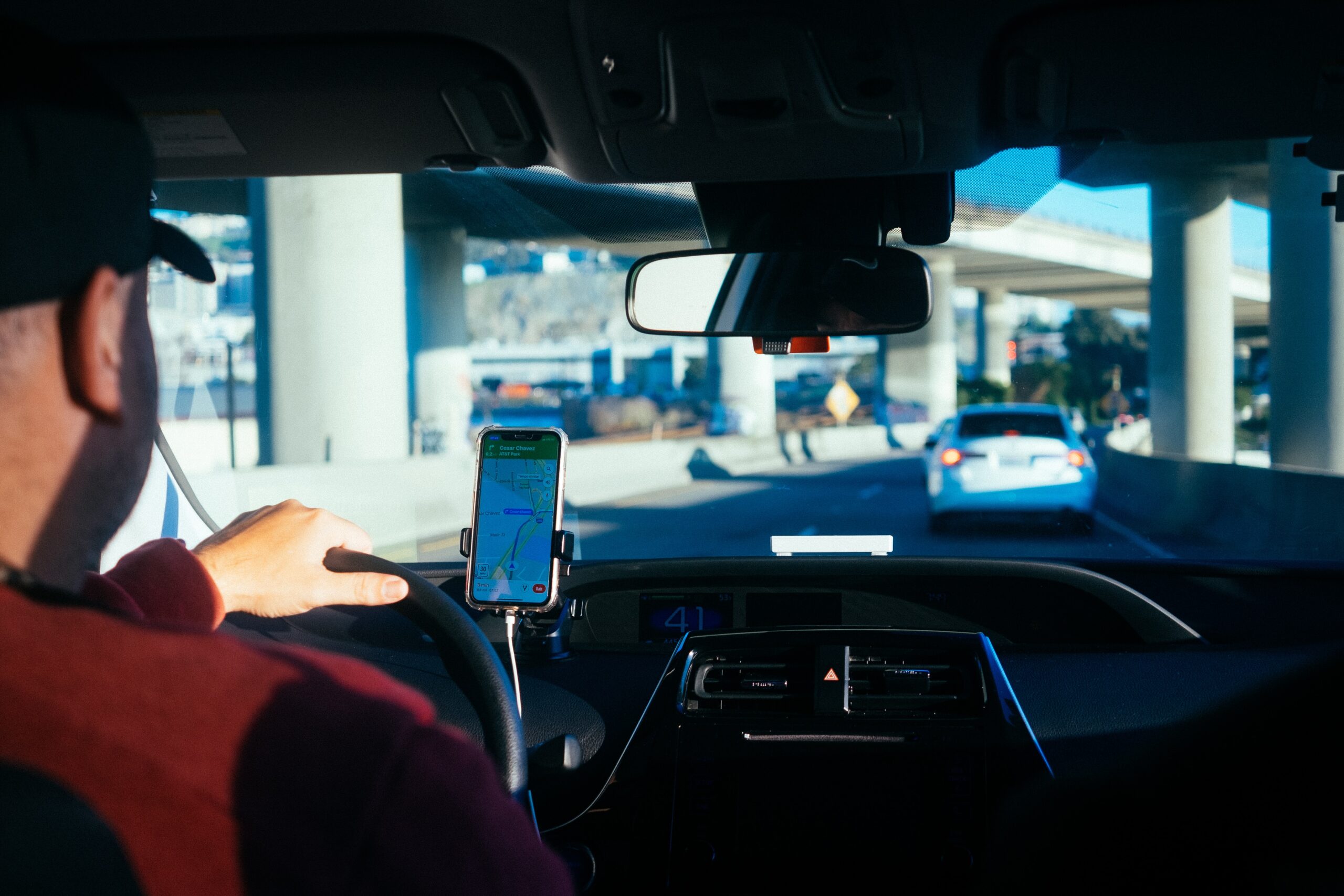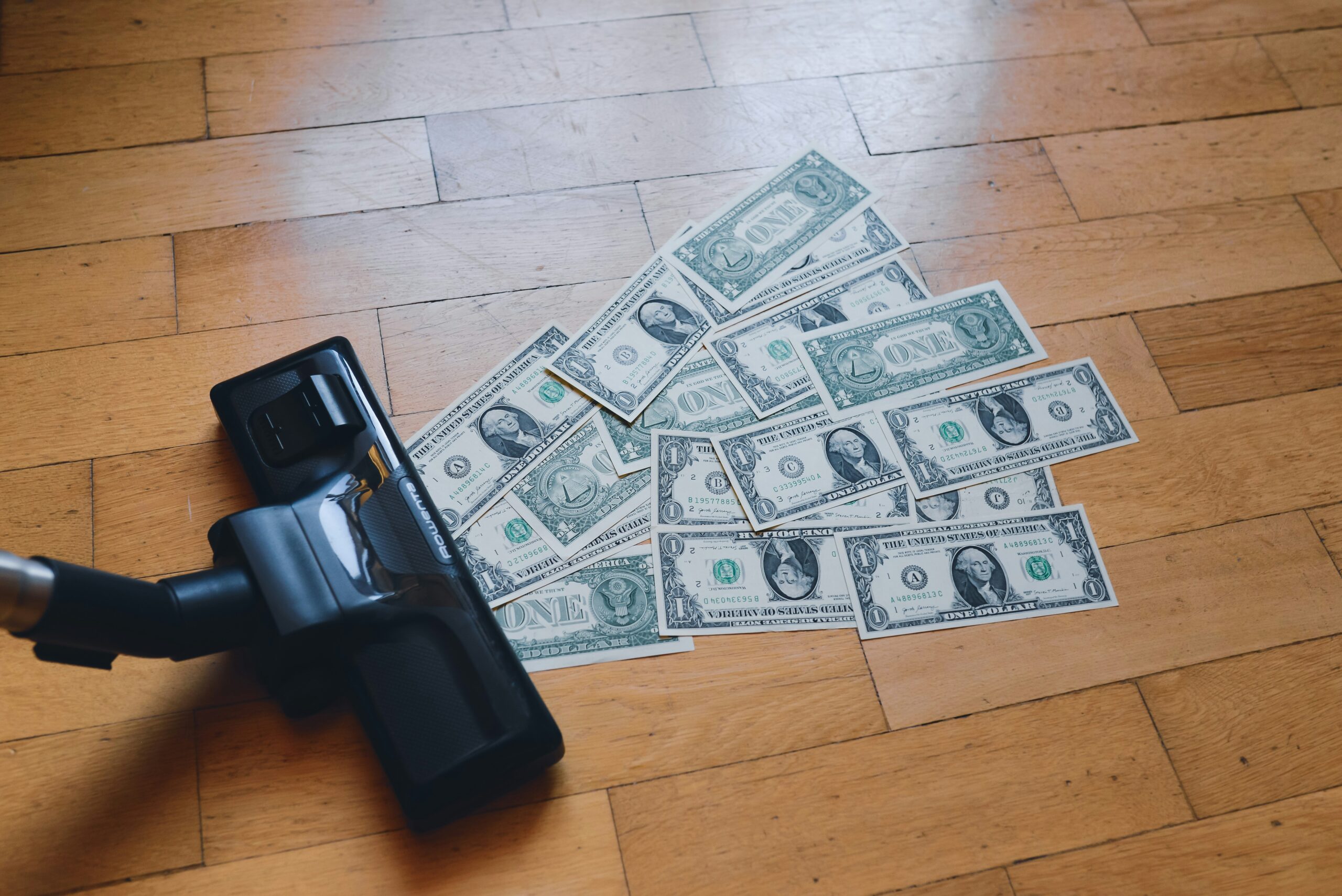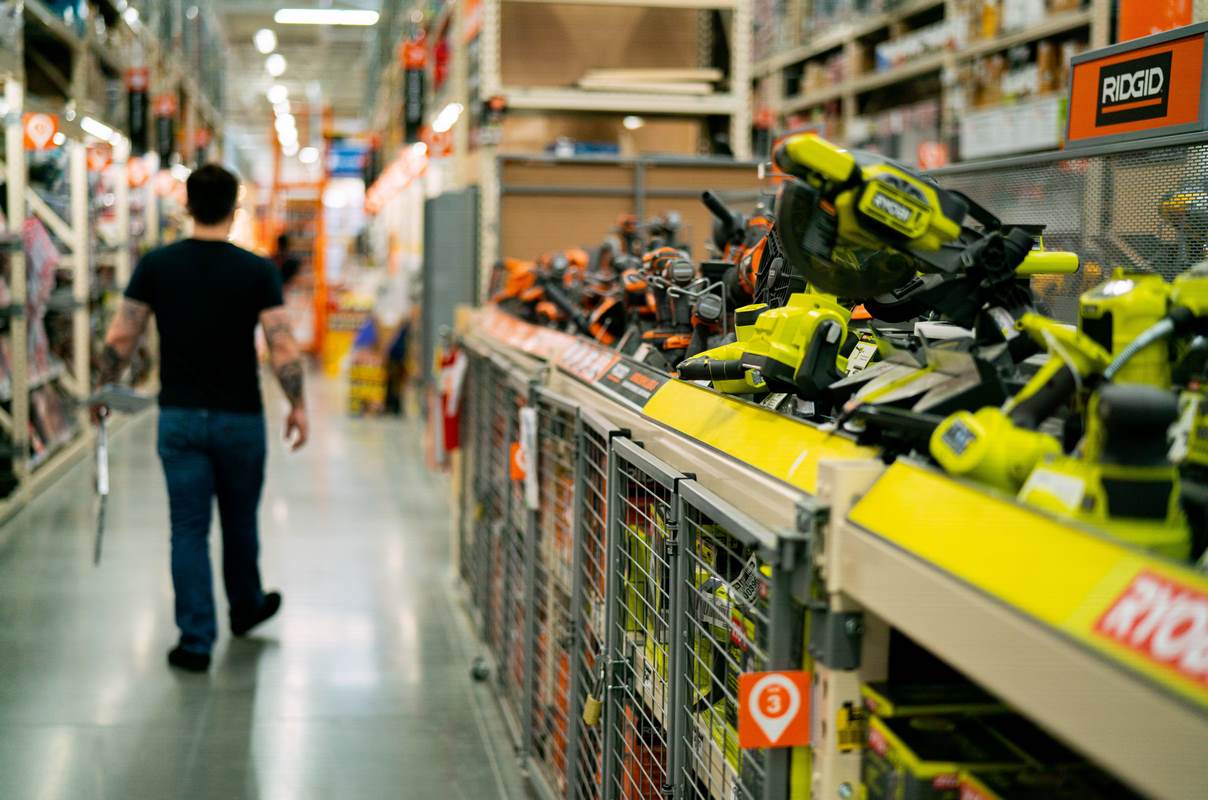Labor is a tricky part of economics, and the current US economy, despite the bank failures, the record price inflation, the record trade deficit, the skyrocketing credit card debt, and the downrating of the US Treasury bills/bonds, has been described as strong because of a tight and robust labor market.
But what can’t be elaborated in a short press conference at the Federal Reserve building are details behind these numbers: namely the number of Americans that need a second job, or one, two, or even three side hustles to pay bills, have enough money for simple recreation, or to pay off debt.
Averaged household annuals for second-job holders in the American working-age population of 164 million workers was 7.5 million in 2022, but other estimates place it as high as 26.5 million (around 16% of the workforce) by using the Survey of Household Economics and Decision Making (SHED) sponsored by the Federal Reserve.
If FY 2023’s repeatedly strong job numbers are just people coming back to work after COVID, or taking second jobs to keep up with price inflation that peaked at over 10%, then there’s nothing necessarily strong about the US labor market at this time.
During the second quarter, credit card balances in America shot up by $45 billion, or nearly 4.6%, to surpass the $1 trillion mark for the first time ever, according to the New York Fed. People taking second jobs and taking lines of credit at the same time is not a sign of a healthy economy.
There’s likely to be more difficulties required of these folks ahead since the vast majority of second-job holders are between 24 and 54, the ages during which it becomes necessary to pay off student loans which are now set to resume in October after a three-year suspension of payments.
United States of Side Hustle
A survey by insuranks.com spoke with 1,100 full-time US workers and found that 93% had a side hustle, of which half that total had two, and 19% had 3. Most of those surveyed have been working their side hustle for between 2-3+ years.
Half of all of the Millennial Generation had a side hustle, while 29% of Gen Xers had one. The number 1 motivation for all side hustle activity was paying bills, the third was paying off debt, and the fifth was saving, demonstrating that these are not the actions of people looking to secure their long-term future, but rather about keeping their head above water.
The average amount obtained from this gig economy work, which typically involved rideshare driving, selling items online including used clothes and handicrafts, and freelance writing, averaged $777 per month.
Over half of Americans admit they work their second job during their full-time job’s working hours. And, 55% said they would quit their full-time job if they made enough money solely working their side hustle.
Side hustles are difficult to qualify, since many people will not report the earnings on their taxes and won’t consider it as a form of employment since the hours are essentially flexible ad libitum. However a picture is emerging of an America in which not only are the days of the single-earner household gone, but maybe those of the two full-time job household as well. WaL



